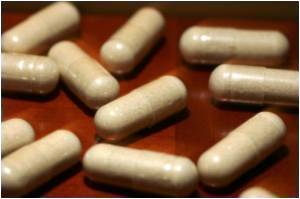An Indian river has turned into hotspot for dumped drugs.

Bacteria can trade bundles of drug-resistance genes in mobile 'cassettes' carried, for example, on small circles of DNA called plasmids, which can replicate themselves independently of the bacterium's chromosome.
In three sites downstream of the plant, the resistance genes made up almost 2 percent of the DNA samples taken there, the team found.
According to Dave Ussery, a microbiologist at the Technical University of Denmark, because only one or two genes out of the typical genome of around 5,000 genes are necessary to protect the bacterium, that's a lot of genetic resistance.
Finding resistance amid so much exposure to active drug ingredients "is not surprising," said David Graham at Newcastle University, UK, who has studied sites in Cuba.
"But in a way, it's sort of like a beaker experiment," he said that tests the worst-case scenario, only this is "in a natural system. That's what makes it useful".
Advertisement
Ussery cautioned that even if the bacteria found are not dangerous to humans or other animals in the area, they may transfer their resistance genes to bacteria that are.
Advertisement
Source-ANI










